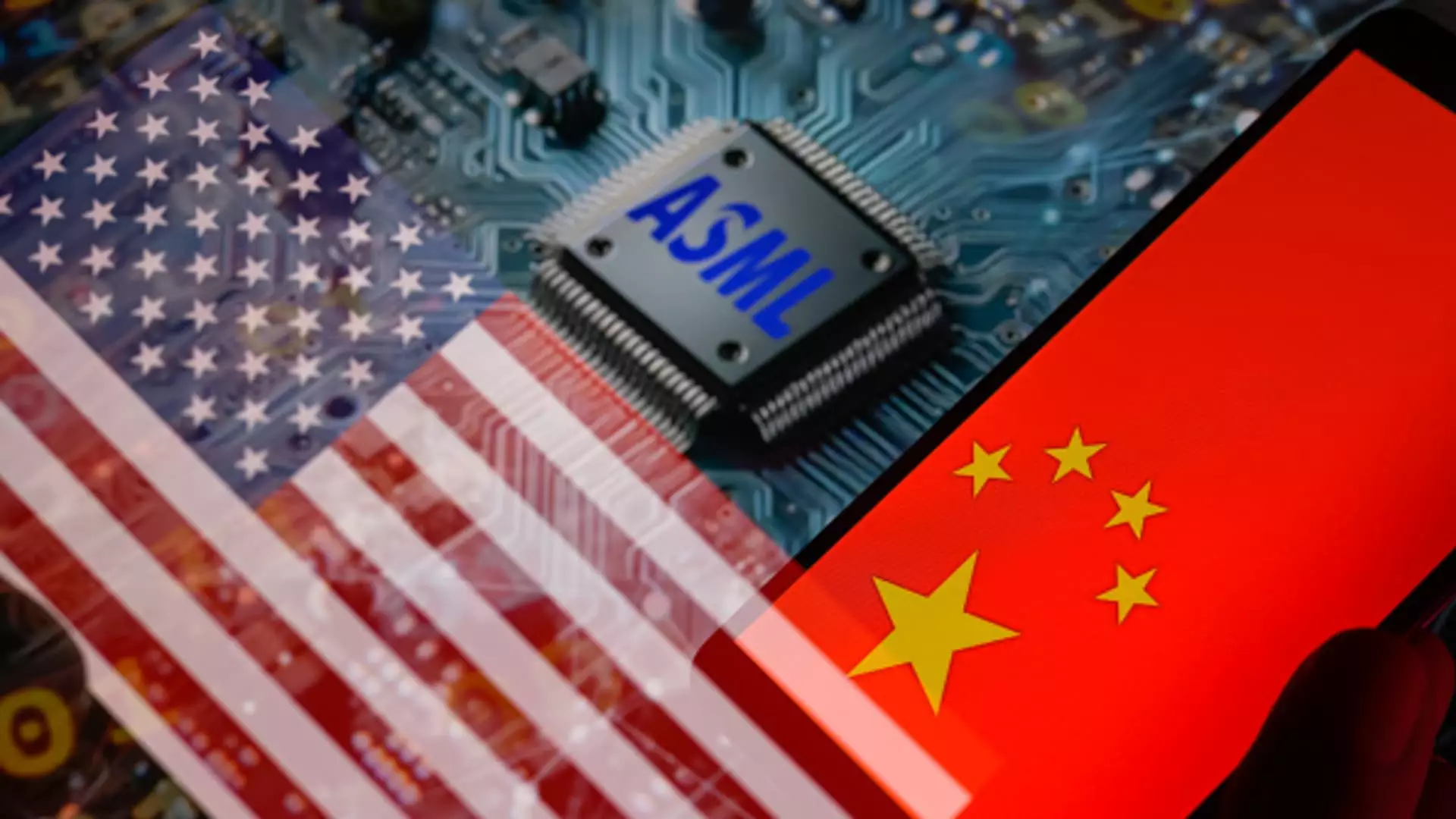In recent days, the dynamics of the global semiconductor industry have shifted dramatically due to speculations about potential U.S. sanctions on China’s chip sector. This development has had notable effects on the stock market, particularly for leading semiconductor equipment manufacturers. As investors react to news that U.S. authorities might soon implement new regulations, shares of major companies such as ASML and Tokyo Electron have seen significant gains. The significance of this scenario lies not only in the monetary implications for these companies but also in the broader landscape of the international technology trade.
Stock Market Reactions: A Positive Outlook for Semiconductor Firms
The immediate response from the equity markets indicates a degree of optimism among investors concerning the future revenues of semiconductor equipment firms. For instance, ASML shares soared by approximately 3.6% in Europe, while Tokyo Electron experienced a noteworthy increase of over 6% in Japan. This uptick can be attributed to the anticipated impact of the new sanctions, which are reported to be less severe than initial proposals. The market seems to be interpreting this moderation as a potential stabilizing factor for companies reliant on Chinese demand, suggesting that the scenario might not be as dire as initially anticipated.
The evolving nature of the U.S. sanctions has sparked interest among analysts, particularly regarding which companies will be affected. Reports suggest that the U.S. aims to limit the number of suppliers from being associated with prominent tech firm Huawei. Interestingly, the Chinese firm ChangXin Memory Technologies is not expected to be included in the export blacklist, which analysts view as a potentially rejuvenating signal for share sales in the Chinese market. Analysts from Jefferies point out that this exclusion may lead to ASML experiencing a lower-than-expected decline in revenue generated from China, prompting a reevaluation of its financial outlook.
ASML’s Critical Role in the Semiconductor Supply Chain
An integral part of this emerging narrative involves understanding ASML’s pivotal role within the semiconductor supply chain—notably its expertise in manufacturing cutting-edge lithography machines. These machines are essential for producing advanced semiconductors and are not currently being exported to China due to stringent controls. ASML’s exclusion from this critical alignment of technology could lead to a strategic advantage in maintaining its market position despite the challenges posed by regulatory constraints.
As the semiconductor landscape continues to evolve amidst geopolitical tensions, the implications for firms like ASML and their competitors cannot be overstated. Future regulations targeting semiconductor manufacturers could influence global supply chains significantly, and any restrictions could adversely affect demand. Conversely, if new regulations bolster select firms, it could shift the balance in favor of those able to export to non-restricted regions. Thus, the semiconductor equipment market may witness an ongoing fluctuation based on policy shifts and emerging market conditions.
While immediate circumstances present a semblance of security for several semiconductor firms, the industry remains vigilant of ongoing geopolitical developments that could alter its trajectory. Investors and companies alike will need to adapt to a landscape characterized by uncertainty and rapid change as international relations play a crucial role in shaping the future of technology and innovation.

